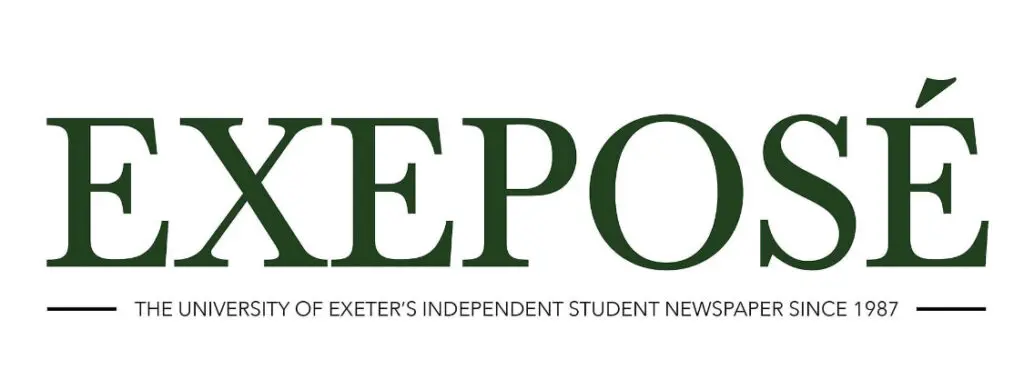A year of rising COVID anti-Asian xenophobia and hate crimes

Lucy Aylmer reflects on the explicit increase of anti-Asian hate since the beginning of the COVID-19 pandemic
The pandemic and the successful vaccine distribution programme has confirmed the capability of international collaboration through the sharing of science and technology. Nevertheless, whilst the pandemic has highlighted a sense of global unity it has also shined a light on the rising discrimination towards East Asian communities, namely the Chinese community, according to research conducted by The Lancet. In particular, the reaction towards Boris Johnson’s February 12th Chinese New Year speech. Many social media users have taken to Facebook to post derogatory comments in response to Johnson’s speech, such as “Happy New Variant more like”, which aim to undermine Chinese festivities and explicitly affirms the widespread anti-China hate online.
Influential politicians such as the former president of the United States, Donald Trump, had poisonously labelled Coronavirus as ‘the Chinese virus’. The process of labelling can reinstate a culture of fear and paranoia that leads people to distance themselves from ‘the Other’ which helps reinforce discriminatory rhetoric that creates social tensions within communities. Blame games such as these are unhelpful, dangerous, and encourage exclusion. This has been seen with more than 2,800 reports of hate incidents directed at Asian-Americans last year. Most of these hate crimes were verbal assaults with several Asian-Americans homeowners saying they have been the target of racial slurs.
The ‘Othering’ rhetoric became most prominent during the early stages of the pandemic and caused changes in behaviour such as reduced visits to Chinese restaurants and resulted in sparsely populated Chinatowns (Reny et al, 2020). Behavioural changes can impact cultural assimilation and harmony through stigmatisation and the framing of responsibly to a particular group (Kam, 2019). This can create a damaging narrative that justifies the divide between the so-called groups ‘responsible for the virus’ and the so-called ‘innocent victims’ which are exposed to it.
… a damaging narrative that justifies the divide between the so-called groups ‘responsible for the virus’ and the so-called ‘innocent victims’ which are exposed to it.
Lucy Aylmer
Historically, pandemics have often been followed by prejudice. Take the Great Bubonic Plague in Europe in 1348; the Catholic Church vehemently believed that the Black Death was propagated by the Jews. As such, Jewish people were subject to torture and manipulation (Acharya et al, 2020). Similarly, exclusionary laws have been enacted to prevent the migration of certain groups following outbreaks of diseases. For example, the US legislated the Exclusion Act of 1882 resulting from the outbreak of smallpox. The law was put in place to prevent Chinese immigration as it was believed that the Chinese were to blame for the outbreak (Clissold et al, 2020).
Historical and contemporary examples of pandemic prejudice highlight how pandemics are routinely attributed to binary categories from religion to race. Often these attributions are socially constructed with little consideration for the epidemiological facts. And in an age of proliferating fake news that runs havoc through social media sites, it has become easier to see how misinformation spreads and how hate crimes follow.
It seems the pandemic has caused some of us to distance ourselves beyond the protection of our health. Coronavirus has created divisions within communities that impact everyone and continues to socially target non-white groups the most. As of this week, the Atlanta shooting that took place on March 17 is a shocking reminder of how extreme anti-Asian hate has become. By confronting hate-speech and raising anti-Asian awareness we can begin to dismantle and tackle this type of xenophobia. Finally, by listening to the East Asian communities and recognising their exposure to racial slurs we can help re-educate the wider public about the detrimental impact that these verbal attacks can have on a communities’ sense of belonging.
By confronting hate-speech and raising anti-Asian awareness we can begin to dismantle and tackle this type of xenophobia. Finally, by listening to the East Asian communities and recognising their exposure to racial slurs we can help re-educate the wider public about the detrimental impact that these verbal attacks can have on a communities’ sense of belonging.
Lucy Aylmer and Rupali Naik
For further reading:
Devakumar, D. Shannon, G. Bhopal, S.S. Abubakar, I. (2020). Racism, and discrimination in COVID-19 responses. The Lancet. Vol 395.
Reny, T.T. Barreto, M.A. (2020). Xenophobia in the time of pandemic: othering, anti-Asian attitudes and COVID-19. Politics, Groups and Identities.
Clissold, E. Nylander, D. Watson, C. (2020). Pandemics and Prejudice. International Journal of Social Psychiatry. Vol 66.
Acharya, a. Trust, L. (2020). A Brief History of pandemics and prejudice.


